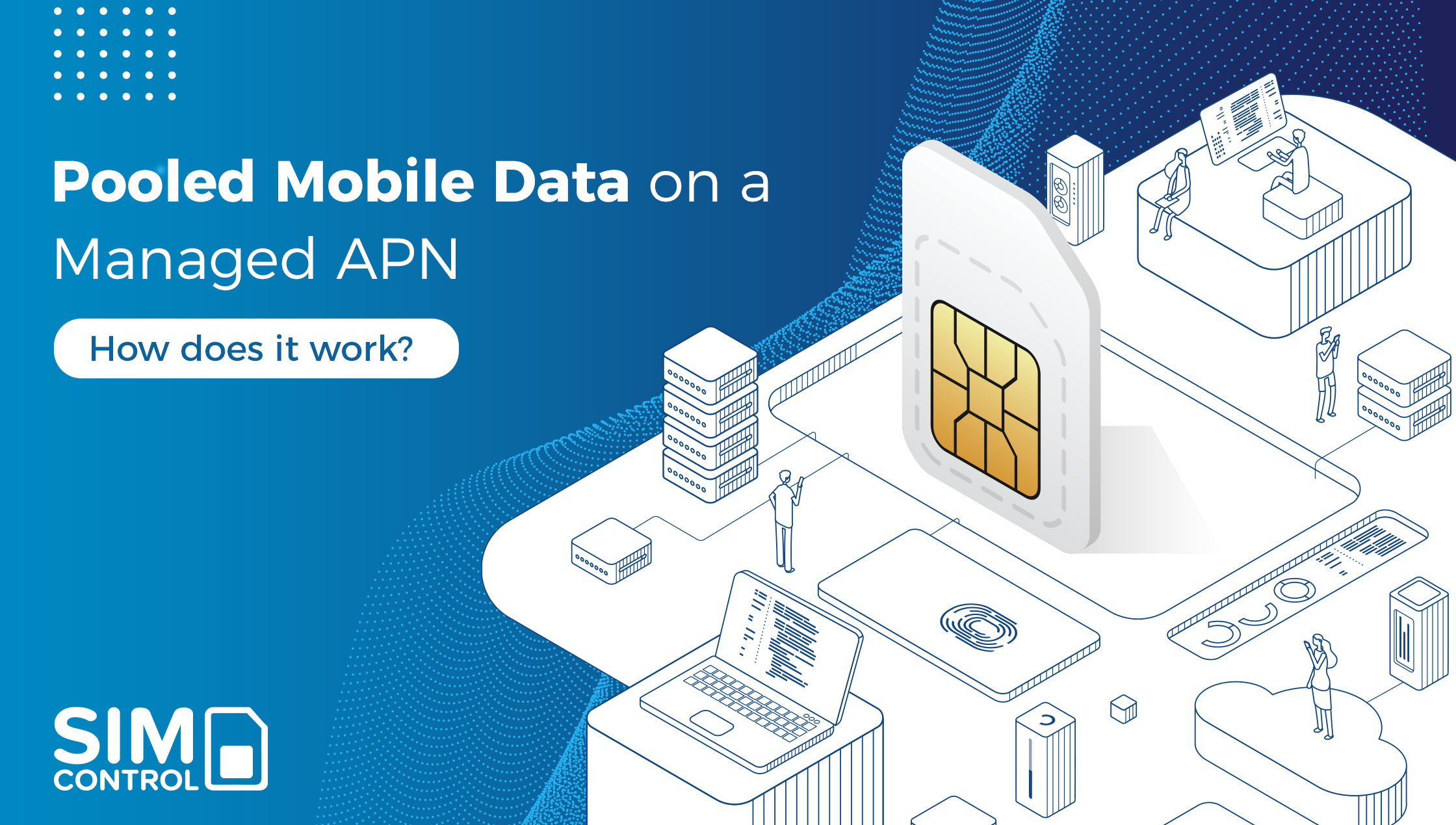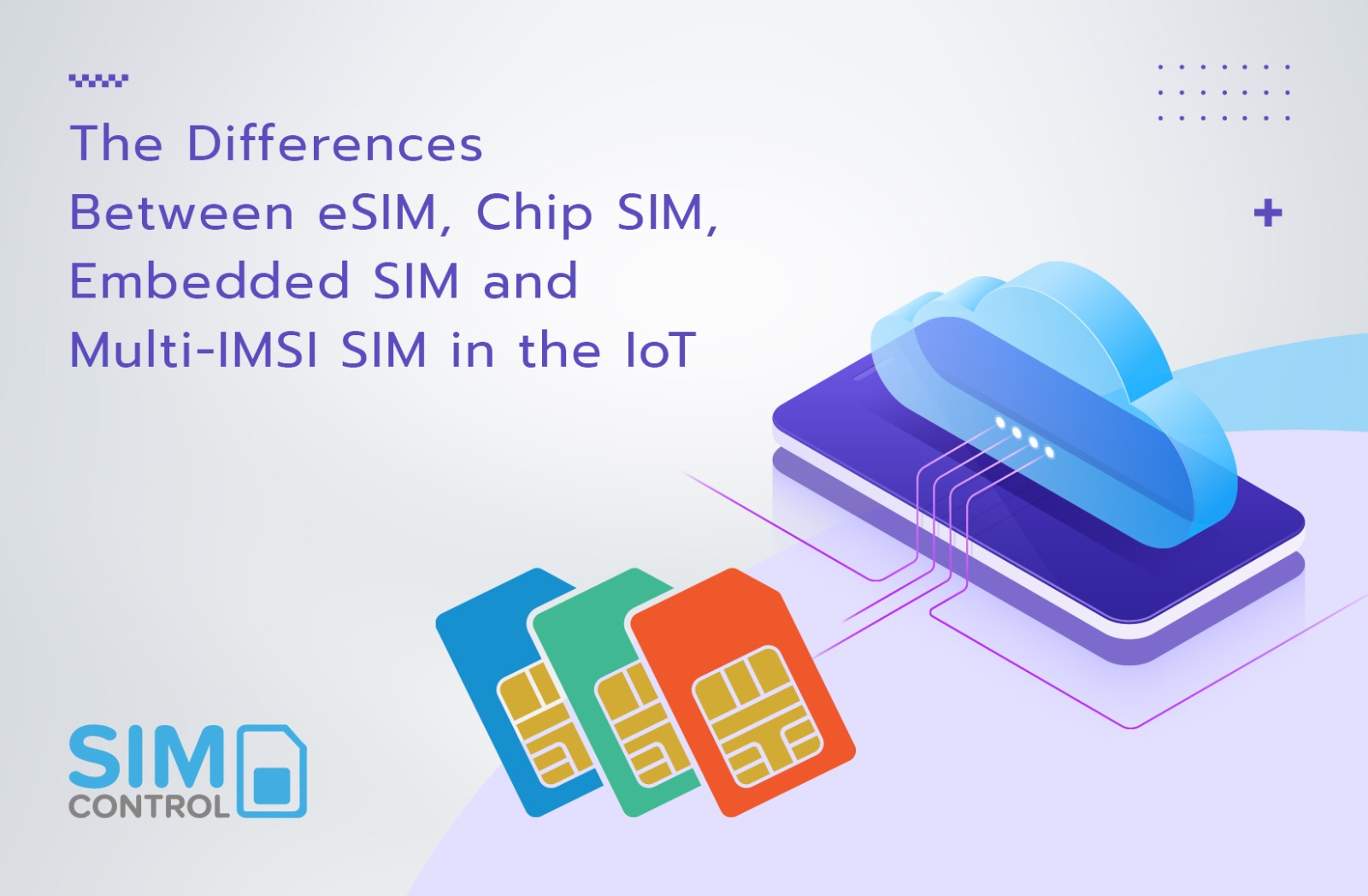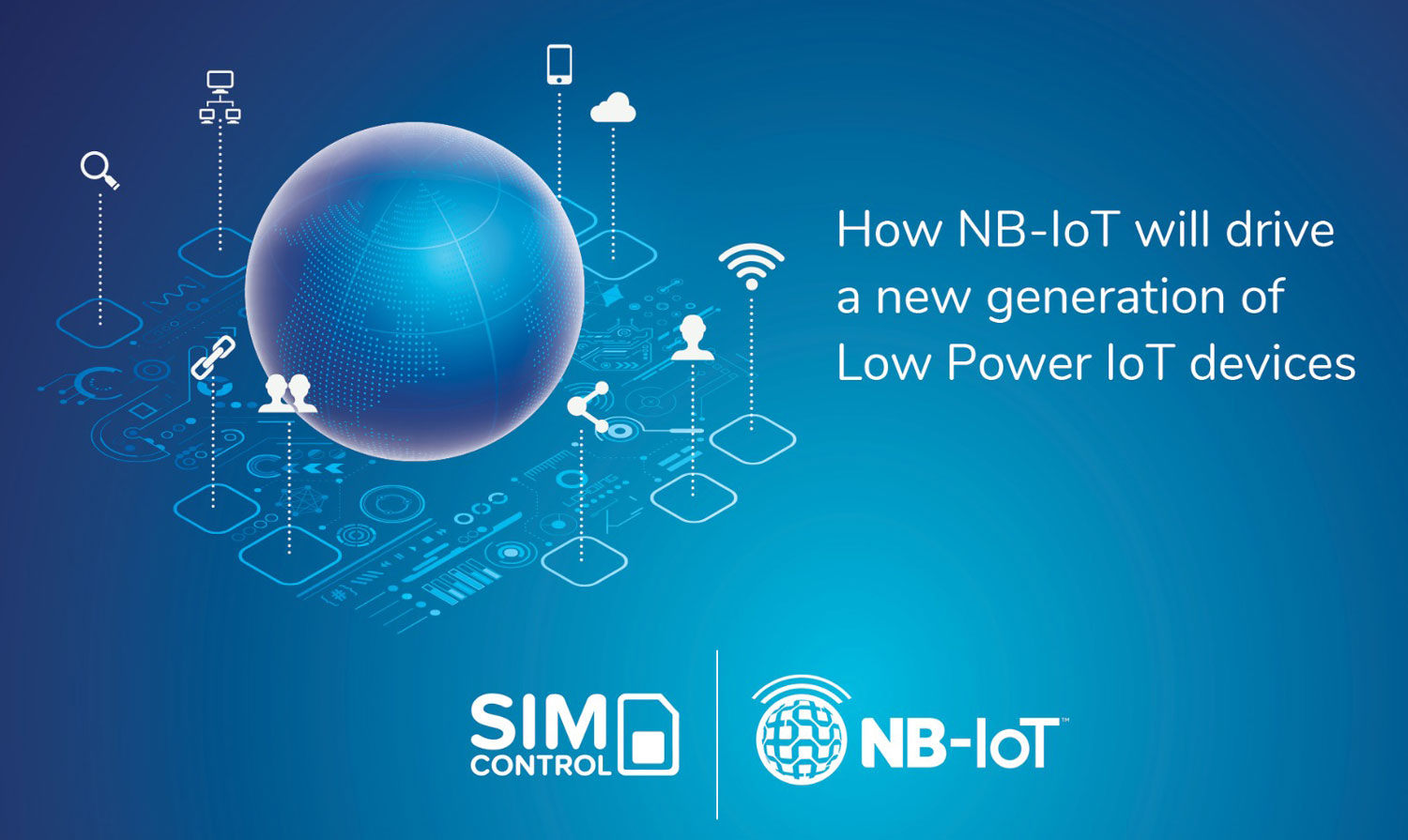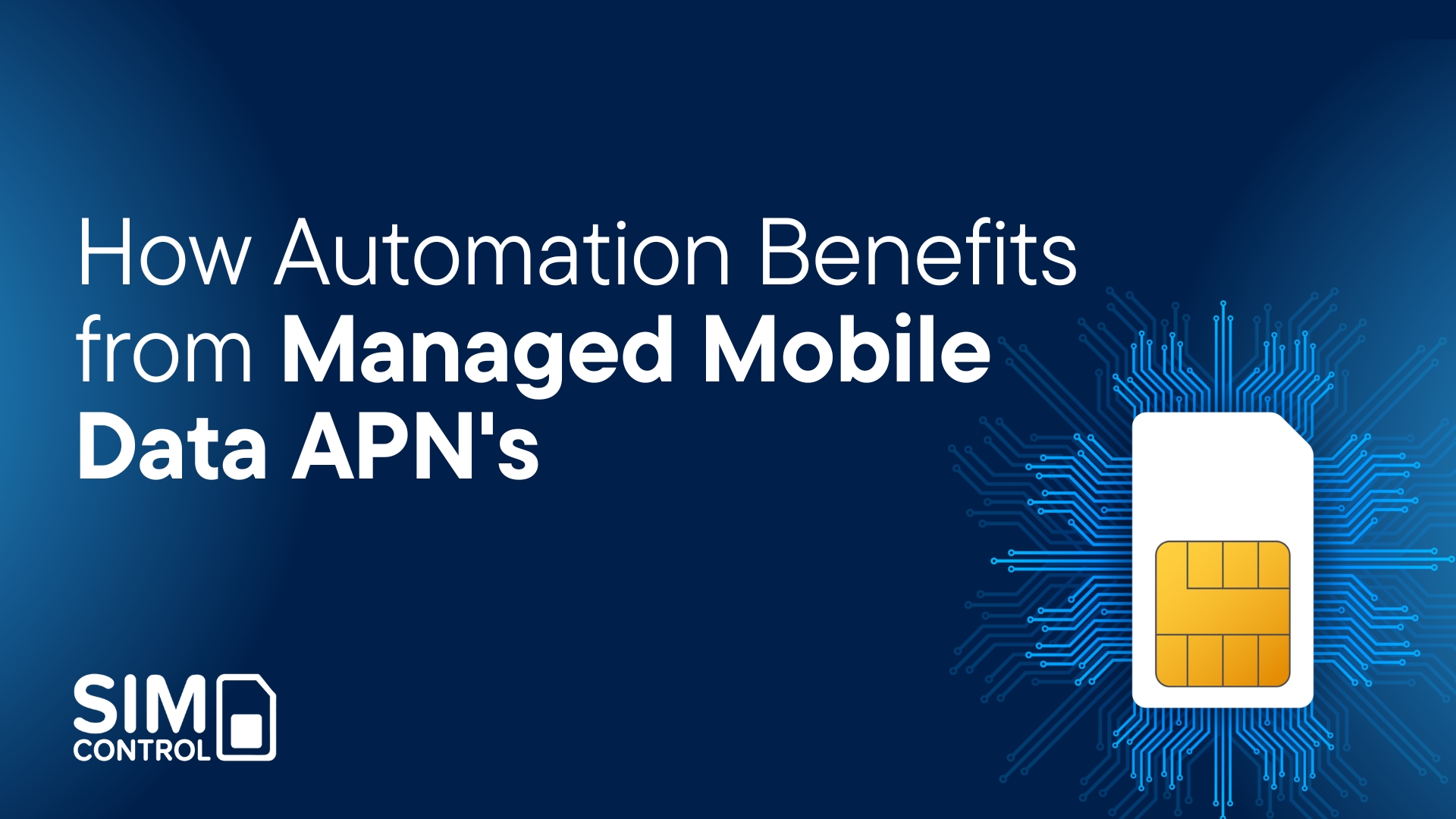As technology expands in the face of digitalisation, Internet and mobile data consumption grows. Businesses must respond by choosing the right connectivity plans to enable mobile connectivity across the board.
Your business – and every other modern organisation – relies on mobile data connectivity for its operations. Whether it is used for enterprise mobility, remote connectivity, or Internet of Things (IoT) devices, reliance on mobile data is expanding all the time.
Better management of deployed SIM cards across multiple mobile networks is becoming crucial. Traditional, “old school” private APN infrastructure typically does not give organisations the flexibility, risk management and cross-network capabilities associated with modern managed APNs.
With pooled data on a managed private APN network, you can increase reliability while cutting costs by providing centralised access to a managed data pool at the best rates, across multiple networks, with advanced self-service online management tools. Let’s explore how a service such as SIMcontrol can take your business into the modern era of mobile connectivity.
Employees or things … they need reliable connectivity Whether cellular data is used as a primary connectivity method or as a backup to a fiber connection, a reliable and managed data connection is critical, especially in the case of enterprises reliant on deployed fintech, telemetry and IoT devices, or out-of-office workers. Managed APN data helps your business to cope with the continued rise in demand for data and performance, offering you the opportunity to only allow “work” data traffic while at the same time managing spend and keeping devices and workers online.
As businesses continue to modernise and capitalise on IoT technologies, mobile data is driving new device adoption that helps organisations to scale. For example, managing a fleet of data devices that increases from 50 to 5 000 requires a streamlined approach – in this case, a managed network with online tooling.
With pooled data on a managed network with advanced security, these devices can now share a single data source, giving business decision-makers the chance to control and analyse data use, enjoy the best data rates across mobile networks, and set up custom firewalling and security rules. Not only does this increase opportunity in how devices can be configured it also ensures a more reliable connection for critical IoT hardware that serves as the foundation for many emerging business services.
Use cases – why do we need pooled data on a managed APN
This is truly a Game Changer. The integration of SIMcontrol into AquaCheck probes allows us to manage and monitor them with ease. We rely totally on SIMcontrol with our eyes closed! It is a completely hassle-free Sim controller. — Leonard Hein, AquaCheck Services CEO
Greater control and flexibility: A managed network allows businesses to decide what data is allowed to be accessed by devices. It also monitors and caps data use on the level in near real-time. SIM data quotas can be upsized or downsized online at any time as needed with no long-term commitments, which means the APN data model adapts as the business does.
A centralised data pool: Pooled data on a managed network enables employees to use personal devices with work security and applications without having to change their network provider. All Sims from different mobile networks consume the same data pool. This centralised data pool can be scaled up or down at any time without any long-term spend commitments.
Managed private APN – what is it? Access point name (APN) is a private route that mobile data SIMs can use to route traffic in a specific way according to a custom endpoint or firewalling rules. A managed APN makes it possible for Sims from multiple mobile networks to share from the same pool of data, with managed radius and IP provisioning, custom firewalling options, and data quota limits so that individual Sims only consume what is allowed. This flexibility helps employees utilise data mindfully and offers business leaders the assurance that resource and cost controls are in place.
Online and convenient resource management: SIMcontrol allows for managing resources and being able to allocate the desired data quotas through the online self-service platform. Consumption is managed in near real-time and is not dependent on delayed billing records. The software-as-a-service platform is convenient to manage SIM estates efficiently from anywhere.
Greater logistical simplicity: Single invoicing helps enterprises with easy payment, streamlining logistics and simplifying budgeting and resource management – no need to reconcile invoices from different mobile networks.
Cost savings: The data pool solution provides cost-saving opportunities through advanced real-time reporting and automated Sim management so companies have the advantage of managing mobile data expenses with peace of mind.\ \ Learn more about how SIMcontrol enables reliable corporate mobile data connectivity Speak to a consultant today.





